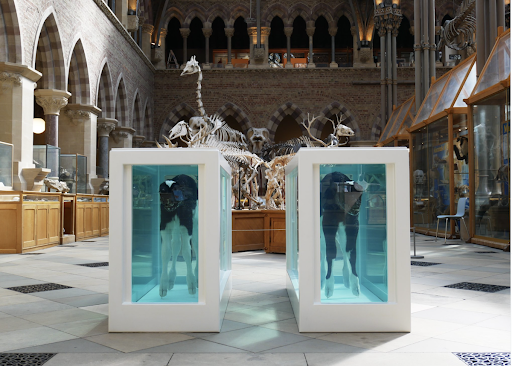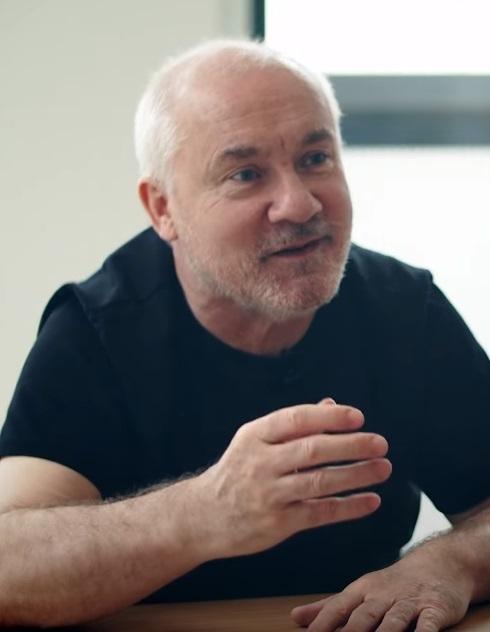The first three works listed above first went on view at Gagosian’s Hong Kong gallery in 2017 and had never been seen in public before. The reports allege they could find “no mention anywhere of the works having existed, in any form, prior to 2017.” In addition, sources close to the works said that the works were less than a year old when they were exhibited in Hong Kong.
Hirst’s company, Science Ltd, confirmed that the three sculptures were made in 2017, stating that the date assigned to the works does not necessarily represent the date they were physically made. Rather, they refer to when Hirst first conceptualized the idea of the work. “Artists are perfectly entitled to be (and often are) inconsistent in their dating of works," Hirst’s lawyers told The Guardian.
However, museums and institutions are having a tough time with this statement, as the industry standard for artwork labels is that dates refer to the physical work was created, not when the idea of the work was first conceived. Furthermore, they were under the impression, from Hirst’s studio’s instructions, that the works were created in the 1990s. The Guardian spoke with Oxford University’s Museum of Natural History which exhibited Cain and Abel and they said they “understood [1994] to be the creation date of Cain and Abel as per artwork label convention.”
“Cases like this don’t help assuage doubts about the lack of transparency in the art world," said Jo Baring, former director of Christie’s. "Hirst is an artist who wields so much power, he is much in demand by museums, who want to boost their ticket sales, and also collectors who want to own a touch of the stardust. But that power means that people are afraid to challenge or ask questions.”






























